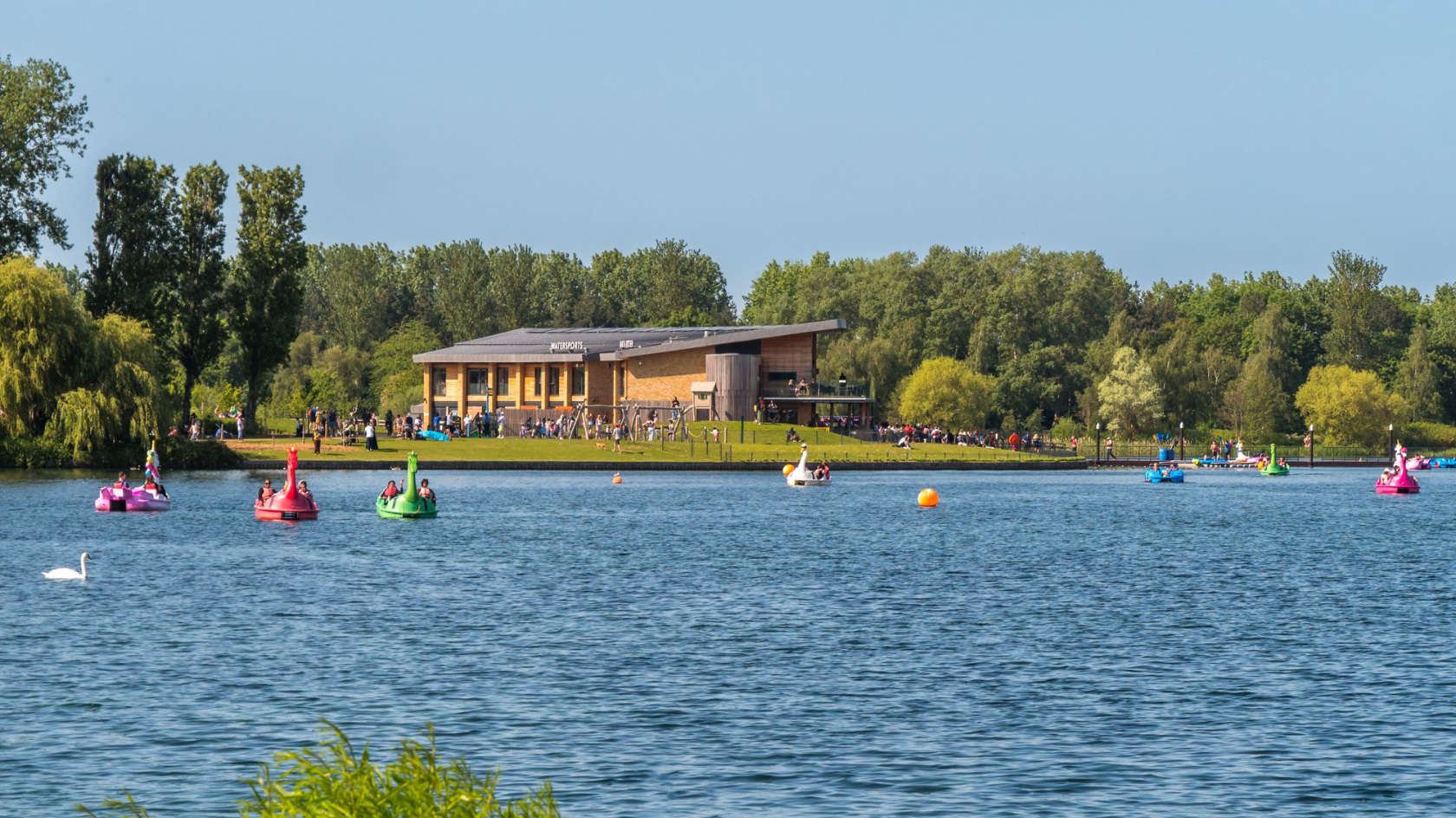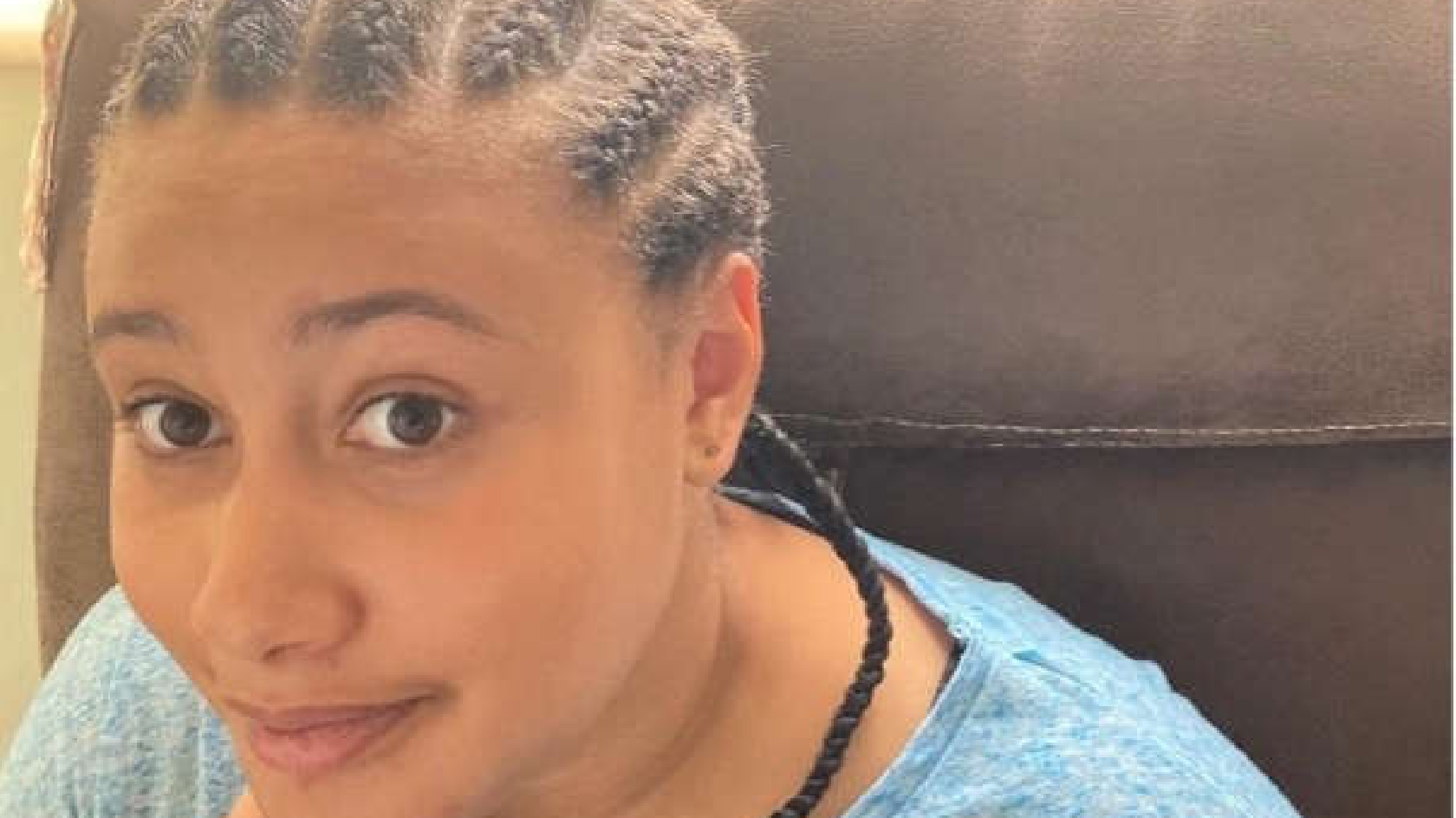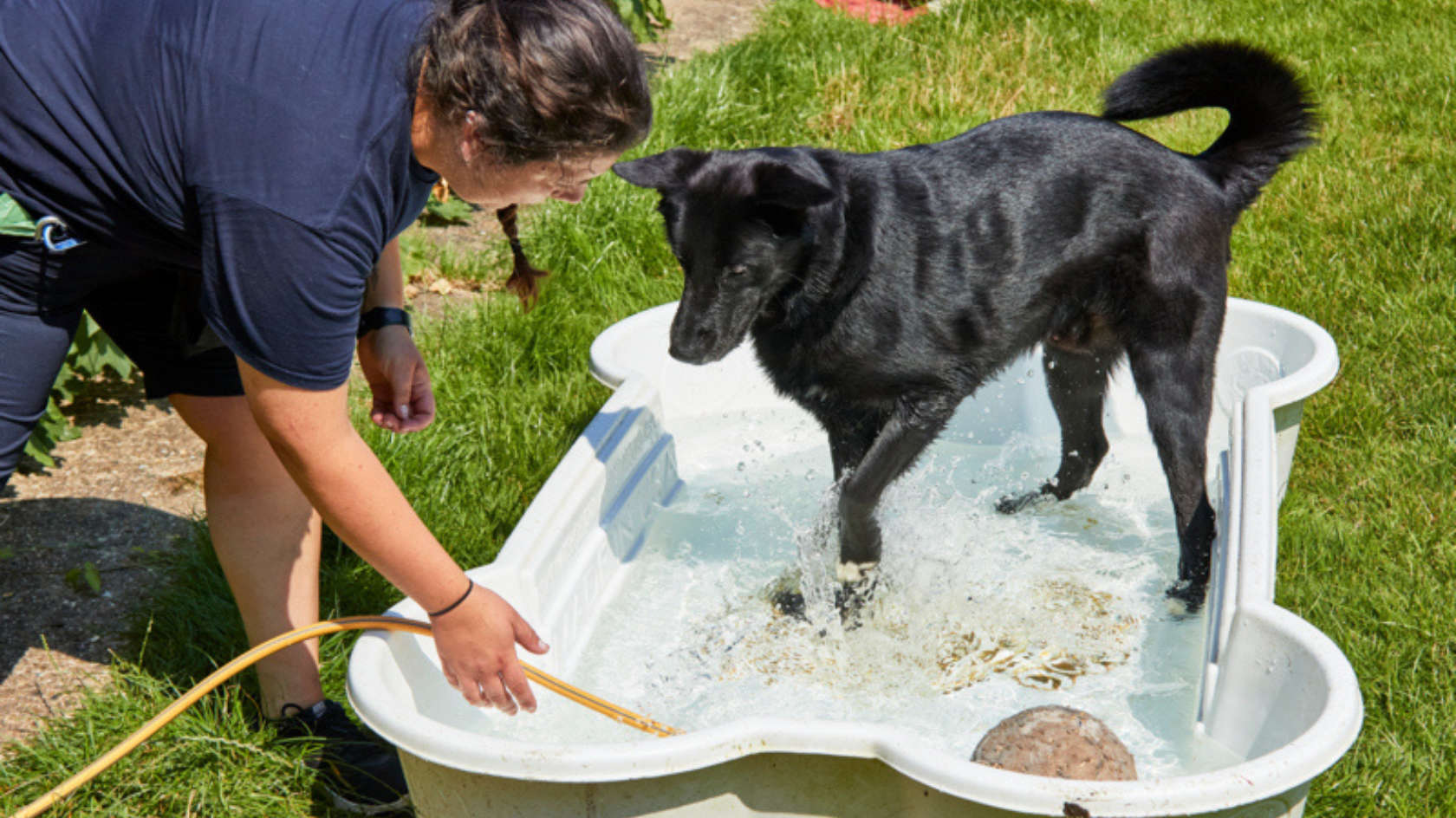Details are emerging about the US strikes against Iran's nuclear facilities.
Reports are coming in about which sites have been hit and what military elements have been used, as President Donald Trump hails the attack on social media.
From the number of bunker buster bombs dropped to where they hit, here's what we know so far.
Follow latest: US bombers strike three Iranian nuclear sites
How did 'Operation Midnight Hammer' unfold?
The US's most senior military official gave details of how the attack, named Operation Midnight Hammer, unfolded.
General Dan Caine, chairman of the US joint chiefs of staff, said that at midnight on Friday, a large "B-2 strike package of bombers" launched from the US.
To maintain the element of surprise, some bombers flew west into the Pacific, and during the 18-hour flight, the planes underwent multiple rounds of refuelling.
As the bombers entered Iran, the US deployed "several decoys", according to Mr Caine, and a US submarine launched more than two dozen Tomahawk cruise missiles at the Isfahan nuclear site.
At around 6.40pm EST on Saturday, the first B-2 bomber dropped two GBU 57 Massive Ordnance Penetrator weapons, known as bunker buster bombs, on Fordow.
"The remaining bombers then hit their targets," said Mr Caine.
Bunker buster bombs are designed to explode twice. Once to breach the ground surface, and again, once the bomb has burrowed down to a certain depth.
Israel has some in its arsenal but does not have the much more powerful GBU-57, which can only be launched from the B-2 bomber and was believed to be the only bomb capable of breaching Fordow.
This attack was the bombs' first operational use.
More than 75 weapons were used in total, including 14 30,000lbs bunker buster bombs.
The New York Times reported a US official as saying a B-2 also dropped two bunker buster bombs on Natanz.
Which sites were hit?
America appears to have hit the three key locations in Iran's nuclear programme.
They include Isfahan, the location of a significant research base, as well as uranium enrichment facilities at Natanz and Fordow.
Read more: Fordow: What we know about Iran's secretive 'nuclear mountain'
Natanz was believed to have been previously damaged in Israeli strikes after bombs disrupted power to the centrifuge hall, possibly destroying the machines indirectly.
Details about the damage in the US strikes are not yet known, although Mr Trump said the three sites had been "obliterated".
The US secretary of defence Pete Hegseth said the US had "devastated the Iranian nuclear programme".
However, most of the highly enriched uranium at the Fordow nuclear facility was moved to an undisclosed location ahead of the attack, a senior Iranian source told the Reuters news agency.
Personnel numbers were also reduced at the site, according to the report.
Satellite images from Fordow show cargo trucks lining up at the entrance of the nuclear site in recent days.
How has Iran responded so far?
Iran's foreign minister Abbas Araghchi warned that the US strikes "will have everlasting consequences", adding that his country "reserves all options" to retaliate.
"The events this morning are outrageous and will have everlasting consequences," Mr Araghchi wrote on X. "Each and every member of the UN must be alarmed over this extremely dangerous, lawless and criminal behaviour."
Iran has requested an emergency meeting of the UN Security Council to "maintain international peace and condemn the US strikes", according to state media.
Read more:
What happens next is largely in Iran's control
Multiple places in Israel have been hit by Iranian missiles in response.
Several explosions have been heard over Tel Aviv with Israeli media saying missiles have hit northern and central Israel, including in Haifa, Ness Ziona, Rishon LeZion and Tel Aviv.
16 casualties were reported by the country's emergency services.
Abbas Golroo, head of the Iranian parliament's foreign policy committee, also said Iran could pull out of efforts to limit the spread of nuclear technology and weapons in a statement on social media.
He cited Article 10 of the treaty, which states that an NPT member has "the right to withdraw from the treaty if it decides that extraordinary events have jeopardised the supreme interests of its country".

(c) Sky News 2025: Isfahan, Natanz and Fordow: What we know about the US strikes on Iran's nuclear facilities















